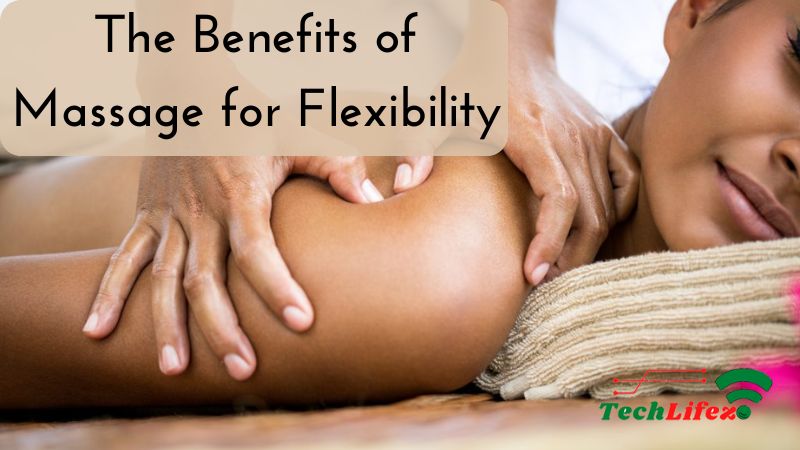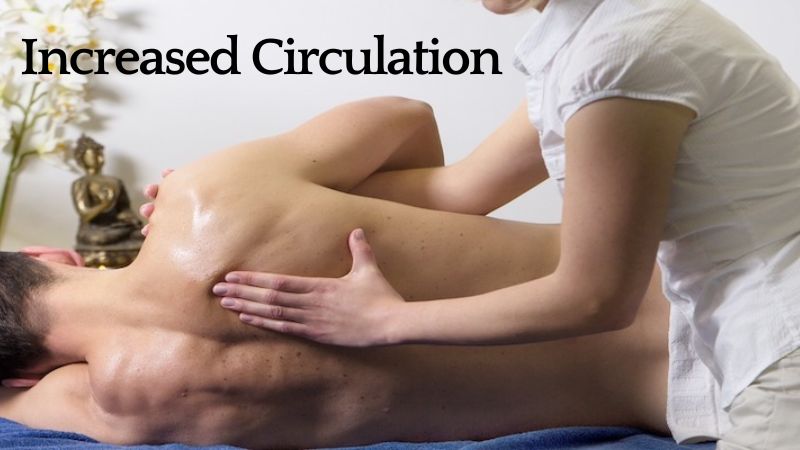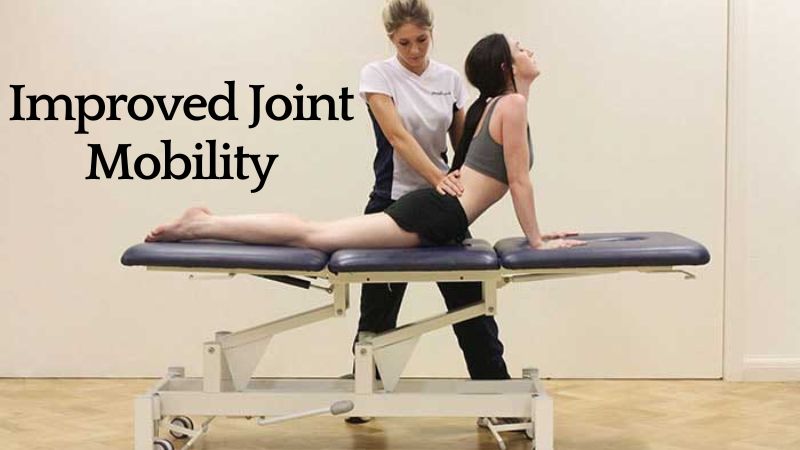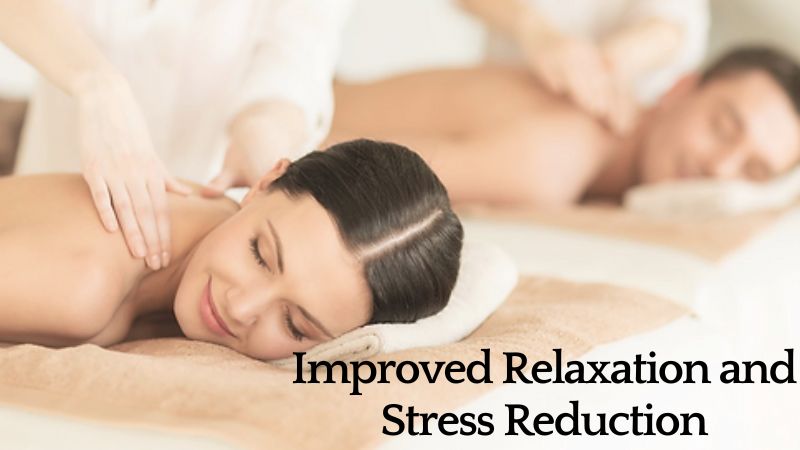Flexibility is a key component of overall physical health and well-being. Whether you’re an athlete, a fitness enthusiast, or someone looking to improve their daily movements, achieving and maintaining flexibility is crucial. One effective and often overlooked tool for enhancing flexibility is massage therapy. In this article, Techlifez will explore the myriad benefits of massage for flexibility, delving into how this holistic approach can unlock your body’s full range of motion.
The Benefits of Massage for Flexibility
1. Increased Circulation:
One of the primary benefits of massage for flexibility lies in its ability to boost circulation throughout the body. As massage therapists apply various techniques, such as effleurage and petrissage, blood flow to the muscles and joints is significantly improved. This increased circulation facilitates the efficient delivery of oxygen and essential nutrients to these areas, promoting overall muscle health and function. With enhanced blood flow, the removal of toxins and metabolic waste products is accelerated, reducing muscle stiffness and paving the way for improved flexibility.
2. Muscle Relaxation:
The benefits of massage for flexibility comes to life as therapists employ kneading and stretching techniques to induce muscle relaxation. Tense muscles are a common barrier to flexibility, causing discomfort and limiting range of motion. Massage works to alleviate this tension, allowing muscles to unwind and adopt a more flexible state. As the therapist’s hands work their magic, knots and tightness are gradually released, providing a pathway to increased flexibility and a more relaxed musculature.
3. Breakdown of Scar Tissue:
For individuals recovering from injuries or surgeries, scar tissue and adhesions can impede flexibility. Deep tissue massage and specialized techniques target these adhesions, breaking them down and promoting the restoration of flexibility. By addressing the residual effects of trauma, massage becomes a valuable ally in the journey towards regaining optimal range of motion. The benefits of massage for flexibility underscores the significance of this therapeutic intervention in overcoming the challenges posed by scar tissue.
4. Improved Joint Mobility:
Massage contributes to improved joint mobility, a vital aspect of overall flexibility. By enhancing the production of synovial fluid and lubricating the joints, massage promotes smoother articulation between bones. This lubrication reduces friction and stiffness in the joints, leading to increased range of motion. Through targeted massage techniques, individuals can experience greater freedom of movement, emphasizing the undeniable benefits of massage for flexibility.
5. Enhanced Muscle Length:
In the pursuit of flexibility, muscle length plays a pivotal role. Massage techniques such as stretching and myofascial release specifically target muscle lengthening and the release of tension within the fascia. As muscles are encouraged to elongate, flexibility is naturally enhanced. The benefits of massage for flexibility echoes through each stroke and stretch, emphasizing the direct correlation between massage therapy and the promotion of optimal muscle length for improved flexibility and performance.
6. Relief from Muscle Tightness and Imbalances:
Muscle tightness and imbalances can disrupt the body’s natural movement patterns, impeding flexibility. Massage addresses these issues by targeting specific areas of tension and imbalance. Through a tailored approach, therapists work to release tension, restore equilibrium to the musculoskeletal system, and alleviate tightness. The benefits of massage for flexibility underscores the therapeutic impact of massage in addressing and rectifying muscle-related impediments to flexibility.
7. Improved Relaxation and Stress Reduction:
Stress and tension can take a toll on the body, contributing to muscle tightness and reduced flexibility. Massage therapy serves as a potent stress-reduction tool, promoting relaxation and a sense of well-being. As the body and mind unwind under the skilled hands of a massage therapist, muscular tension dissipates, paving the way for increased flexibility. The benefits of massage for flexibilityreinforces the integral role of massage in reducing stress and enhancing overall flexibility.
8. Enhanced Body Awareness:
Massage therapy cultivates a heightened sense of body awareness, a crucial element in achieving and maintaining flexibility. Through regular sessions, individuals become more attuned to their bodies, recognizing areas of tension and restricted movement. This increased awareness empowers individuals to engage in targeted stretching and flexibility exercises, facilitating long-term improvements. The benefits of massage for flexibility emphasizes how massage acts as a catalyst for developing a profound connection with one’s body, laying the groundwork for sustained flexibility gains.
Conclusion:
In the journey towards improved flexibility, massage therapy emerges as a holistic and transformative approach. The benefits of massage for flexibility echoes through each stroke and technique, underscoring the multifaceted advantages this therapeutic intervention offers. From increased circulation and muscle relaxation to the breakdown of scar tissue and enhanced body awareness, massage plays a pivotal role in unlocking the full potential of the body’s flexibility. Integrating massage into your wellness routine not only promotes immediate gains in flexibility but also contributes to long-term physical health and overall well-being. Embrace the power of massage, and experience the profound benefits it brings to your journey towards a more flexible and agile body.




